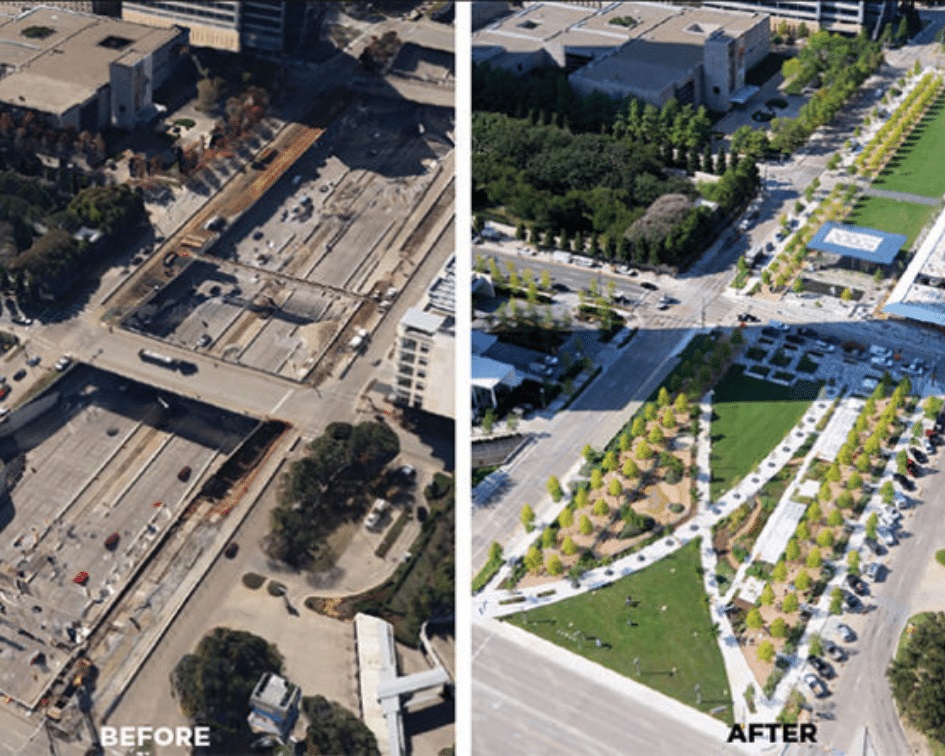Urban renewal refers to the process of redeveloping and revitalizing areas within cities that are experiencing physical, social, and economic decline. The goal is to improve the quality of life for residents, stimulate economic growth, and create sustainable urban environments. This comprehensive approach encompasses various strategies and projects aimed at addressing the unique challenges faced by urban areas.

1. Historical Context and Evolution
Urban renewal has its roots in the post-World War II era when many cities in Europe and North America faced significant challenges such as housing shortages, aging infrastructure, and economic stagnation. Initial efforts focused on large-scale demolition and reconstruction projects. However, over time, the approach evolved to prioritize more sustainable and community-oriented strategies.
2. Key Objectives
The primary objectives of urban renewal include:
- Improving Housing Conditions: Addressing inadequate and deteriorating housing to provide safe and affordable options.
- Economic Revitalization: Stimulating local economies through business development, job creation, and attracting investment.
- Enhancing Infrastructure: Upgrading transportation, utilities, and public services to support modern urban living.
- Social Equity: Promoting inclusivity and reducing disparities by ensuring that redevelopment benefits all community members.
- Environmental Sustainability: Incorporating green infrastructure, reducing pollution, and promoting sustainable practices.
3. Strategies and Approaches
Urban renewal involves a combination of strategies tailored to the specific needs of each area. Key strategies include:
- Mixed-Use Development: Combining residential, commercial, and recreational spaces to create vibrant and diverse communities.
- Adaptive Reuse: Repurposing old and historic buildings for new uses, preserving cultural heritage while meeting modern needs.
- Public-Private Partnerships: Collaborating with private developers, non-profit organizations, and government entities to leverage resources and expertise.
- Community Engagement: Involving residents in the planning and decision-making process to ensure that projects reflect their needs and aspirations.
- Green Infrastructure: Integrating parks, green roofs, and sustainable drainage systems to enhance environmental quality and resilience.
4. Case Studies
- New York City’s High Line: This project transformed an abandoned elevated railway into a linear park, spurring economic development and providing a unique recreational space.
- Melbourne’s Docklands: A successful urban renewal project that converted industrial docks into a thriving residential and commercial area with significant public amenities.
- Freiburg, Germany: Known for its focus on sustainability, Freiburg implemented renewable energy projects, extensive cycling infrastructure, and green buildings as part of its urban renewal efforts.
5. Challenges and Criticisms
Despite its benefits, urban renewal faces several challenges and criticisms:
- Gentrification: Redevelopment can lead to rising property values and rents, displacing long-term, lower-income residents.
- Funding and Resources: Securing adequate funding and resources for comprehensive projects can be difficult.
- Balancing Interests: Aligning the interests of various stakeholders, including residents, businesses, and government entities, is often complex.
- Maintaining Community Identity: Ensuring that redevelopment efforts preserve the cultural and historical identity of communities can be challenging.
6. Recent Trends and Innovations
- Smart Cities: Leveraging technology to create more efficient and responsive urban environments, with initiatives such as smart grids, intelligent transportation systems, and data-driven decision-making.
- Resilience Planning: Incorporating strategies to enhance the resilience of urban areas to climate change, natural disasters, and other risks.
- Social Equity Programs: Implementing measures to ensure that the benefits of urban renewal are equitably distributed, such as affordable housing mandates and community benefit agreements.
In summary, urban renewal is a dynamic and multifaceted process aimed at transforming urban areas to meet contemporary needs while addressing historical challenges. Through a combination of innovative strategies, community engagement, and sustainable practices, urban renewal seeks to create vibrant, inclusive, and resilient cities for the future.



